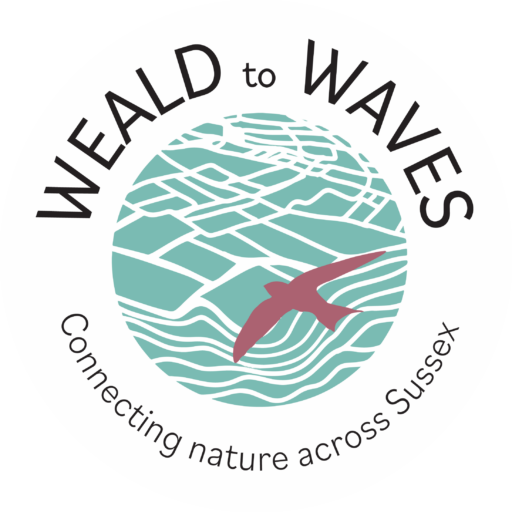
Species Recovery

Our Must Listen: The Wandering Ecologist with Penny Green
by Penny Green | August 12, 2025 | Biodiversity, News, Species Recovery | 0 Comments
Celebrating positive nature conservation news one story, one friendship, one wild place at a time.

Notes on Nature at the Wiston Estate
by Penny Green, Wiston Estate | August 5, 2025 | Biodiversity, Landscape Recovery, News, Species Recovery | 0 Comments
From satellite-tagged cuckoos to rare chalk grassland butterflies, Wiston is buzzing with life. Explore recent nature highlights from across the estate.
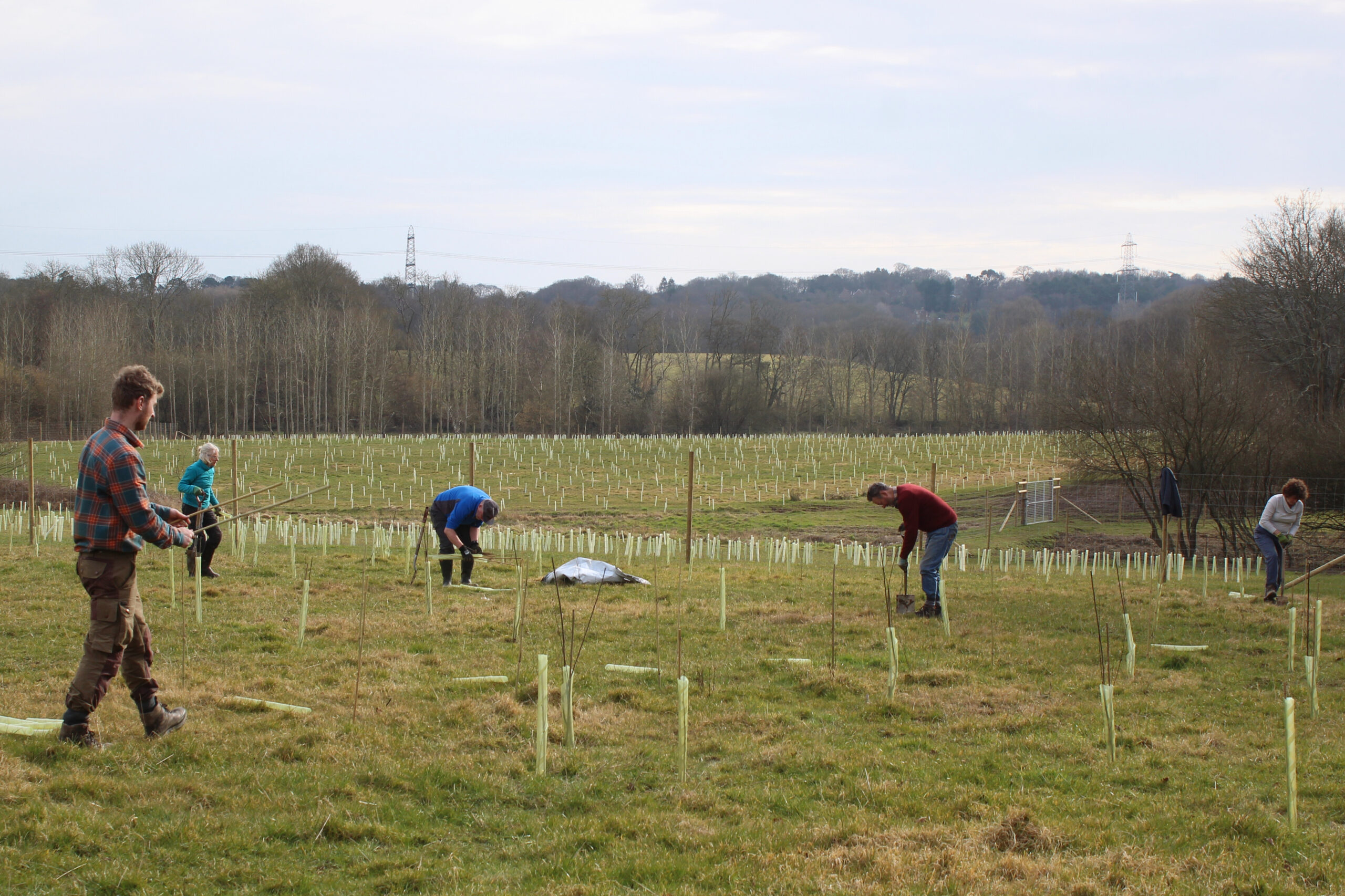
Celebrating Our Scrubland Superheroes
by Alex Briggs | May 16, 2025 | Landscape Recovery, News, Project News, Species Recovery | 0 Comments
Explore the achievements of the Scrubland Superheroes project, which has worked to revive precious scrubland habitat across the Weald to Waves corridor, improving biodiversity, landscape connectivity, and the resilience of local ecosystems for threatened species.
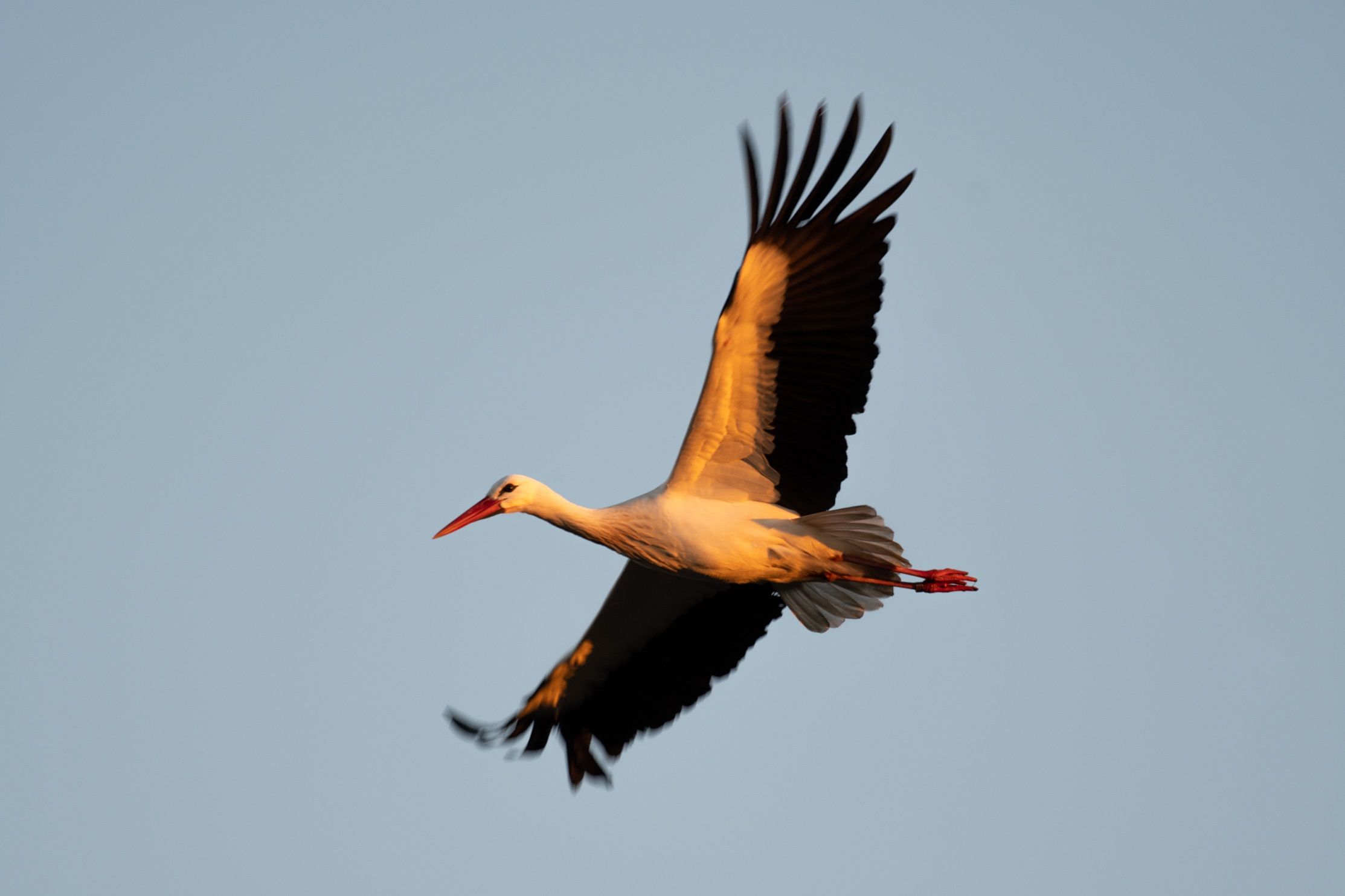
Hope Takes Flight
by Alex Briggs, Weald to Waves | May 7, 2025 | News, Species Recovery, Youth Engagement | 0 Comments
On the May Bank Holiday, crowds flocked to Storrington to celebrate the return of white storks to our skies and the growing movement for community-led nature recovery.
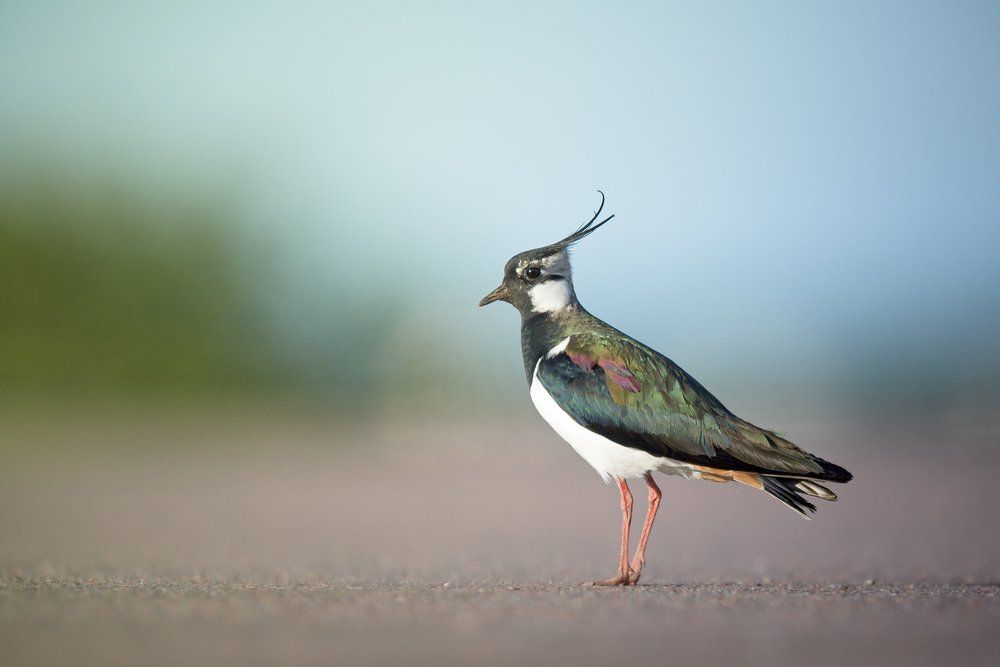
Farming for the Future: How Wildlife and Agriculture Can Thrive Together
by Alex Briggs, Weald to Waves | April 23, 2025 | Biodiversity, Food Production, News, Species Recovery | 0 Comments
There is something powerful about coming together—farmers, ecologists, conservationists, and community members—to share ideas, challenges, and solutions for the future of our landscapes. _Weald to Waves: How Farmland Birds Can Thrive in Modern Agriculture_ offered an inspiring and practical vision of how farming and wildlife can thrive together.
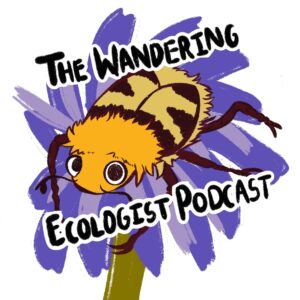
Celebrating positive nature conservation news one story, one friendship, one wild place at a time.
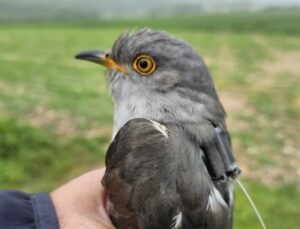
From satellite-tagged cuckoos to rare chalk grassland butterflies, Wiston is buzzing with life. Explore recent nature highlights from across the estate.
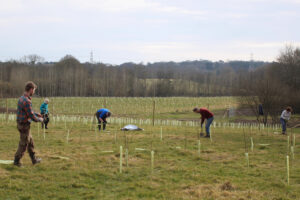
Explore the achievements of the Scrubland Superheroes project, which has worked to revive precious scrubland habitat across the Weald to Waves corridor, improving biodiversity, landscape connectivity, and the resilience of local ecosystems for threatened species.
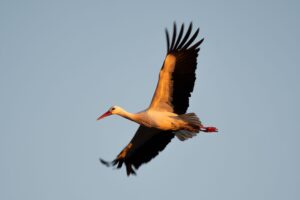
On the May Bank Holiday, crowds flocked to Storrington to celebrate the return of white storks to our skies and the growing movement for community-led nature recovery.
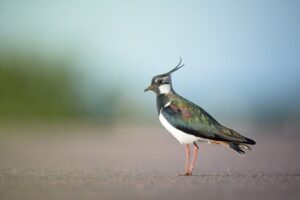
There is something powerful about coming together—farmers, ecologists, conservationists, and community members—to share ideas, challenges, and solutions for the future of our landscapes. _Weald to Waves: How Farmland Birds Can Thrive in Modern Agriculture_ offered an inspiring and practical vision of how farming and wildlife can thrive together.
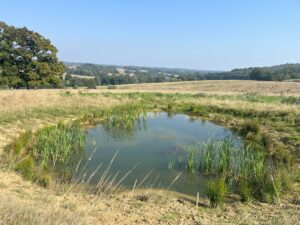
The Newt Conservation Partnership delivers the NatureSpace District Licensing scheme, working with landowners across 11 counties to create and restore ponds and habitats for great crested newts. This scheme is enabling development while also achieving exceptional conservation outcomes and supporting land management.
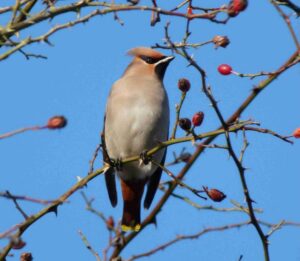
Back in Autumn, Matt Phelps told us about ‘big years’ for many of our bird species, and what you might see flying around the corridor this winter.
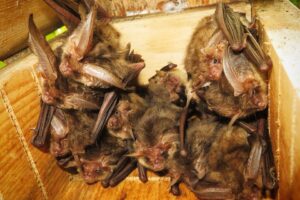
As a species dependant upon good habitat connectivity, bats are particularly important for Weald to Waves. Learn more about bat species in Sussex, and how to help their survival in our own spaces.
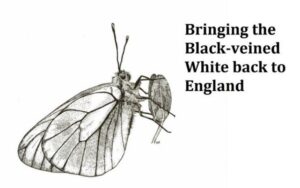
The black-veined white butterfly, with its distinctive black-veined wings and elegant flight, was once a familiar sight in the hedgerows and woodlands of Sussex.
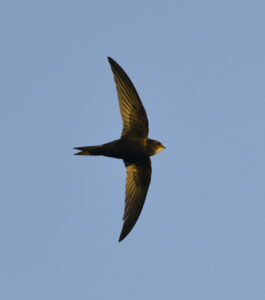
Swifts and House martins have now been red listed in the UK due to a 50% decline in their populations in the last 30 years. Learn how we can again turn our summer skies into a spectacle of these high-speed masters of the air.
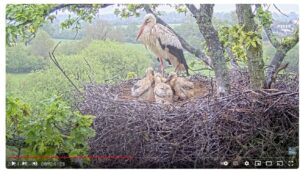
Have you seen the live webcam from the White Stork Project? Tune in to see what is happening on one of the colony’s nests.
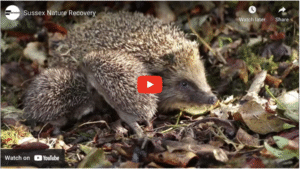
Have you heard about the Local Nature Recovery Strategies? Find out more about ways to get involved with planning for nature recovery across Sussex.